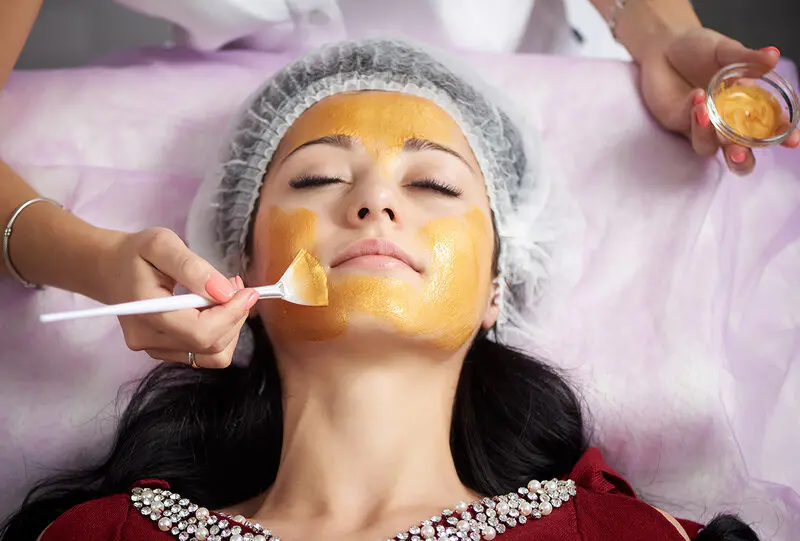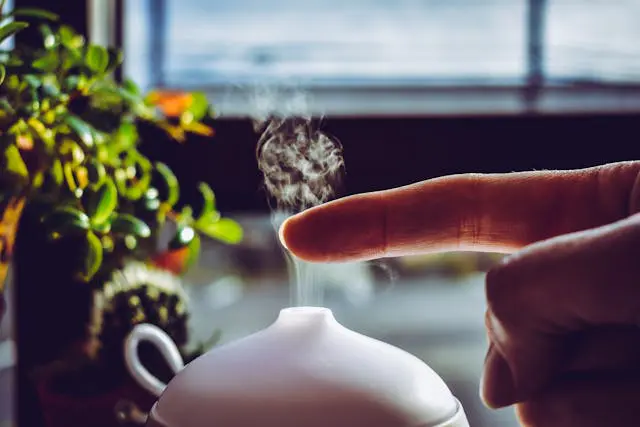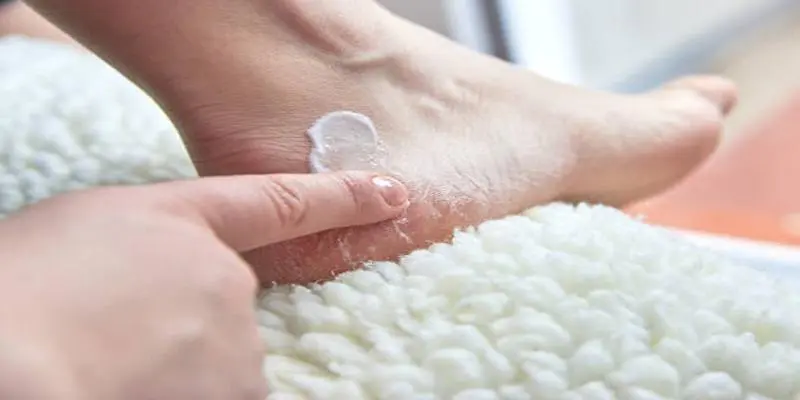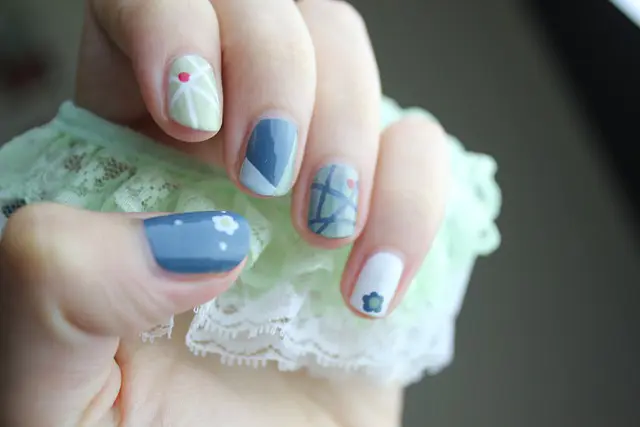Unveiling the Essence of Beauty through Self-Care and Wellness
Beauty is more than skin deep; it's a mirror of our holistic health. True radiance stems from the care we lavish on our physical, mental, and emotional well-being. Engaging in self-care is pivotal for amplifying our innate beauty, elevating self-assurance, and ensuring comfort in our own skin.
Amidst the ever-changing beauty trends, enduring beauty is rooted in cultivating healthy habits that nurture both our inner and outer vitality. This article explores the nexus between beauty and self-care, outlining how to achieve a natural luminosity through skincare, nutrition, stress management, and self-compassion.
1. Skincare: The Foundation of a Luminous and Healthy Look
Healthy skin is a symbol of beauty, and a consistent skincare regimen is indispensable for preserving a youthful and clear complexion. Skincare is not merely about topical applications; it's about recognizing your skin's unique needs and treating it with tenderness and respect.
1.1 Core Skincare Practices
The building blocks of an effective skincare routine include cleansing, exfoliating, moisturizing, and sun protection. Here's an in-depth look:
Cleansing: Cleansing is crucial for removing dirt, oil, and impurities that can lead to clogged pores and blemishes. Choose a gentle cleanser suited to your skin type—oily, dry, or sensitive. Cleansing in the morning and at night helps maintain clean and revitalized skin.
Exfoliating: Exfoliation removes dead skin cells and stimulates new cell generation. Regular exfoliation (1-3 times weekly) can result in a more radiant and smoother skin texture. Select an exfoliator with mild ingredients like AHAs or BHAs for a gentle yet effective treatment.
Moisturizing: Maintaining skin hydration is essential for a healthy skin barrier and to prevent dryness, fine lines, and wrinkles. Opt for a moisturizer that complements your skin type—creams for dry skin, gels for oily skin, and light formulas for sensitive skin.
Sun Protection: Sunscreen is the most important anti-aging product in any skincare routine. UV rays can cause premature aging, sunburns, hyperpigmentation, and skin cancer. Apply a broad-spectrum SPF 30 or higher daily, even on overcast days.
1.2 Understanding Your Skin Type and Needs
Recognizing your skin type and specific concerns is crucial for selecting the right products. Whether you're dealing with acne, dryness, sensitivity, or signs of aging, understanding your skin's needs enables you to customize a skincare routine that delivers results. Consulting with a dermatologist or skincare specialist can guide you in choosing the most suitable products for your skin.
2. Nutrition: Fueling Your Body for Glowing Skin and Hair
Our diet greatly influences our appearance. A balanced diet rich in essential nutrients can lead to glowing skin, strong nails, and healthy hair. Consuming nutrient-dense foods provides the body with vitamins and minerals that support tissue repair, enhance collagen production, and protect against oxidative stress.
2.1 Foods for Enhancing Beauty from Within
Antioxidant-Rich Foods: Antioxidants combat free radicals and prevent cellular damage. Berries, dark chocolate, leafy greens, and green tea are excellent sources of antioxidants that support skin health and reduce signs of aging.
Healthy Fats: Omega-3 fatty acids in fatty fish (salmon, mackerel), flaxseeds, and walnuts help keep the skin moisturized and promote a healthy glow. These fats also support hair strength and prevent hair loss.
Vitamin C: Vitamin C is crucial for collagen synthesis, maintaining skin elasticity. Citrus fruits, strawberries, bell peppers, and broccoli are all rich sources of this vital vitamin.
Vitamin E: Known for its skin-healing properties and UV protection, vitamin E can be found in almonds, sunflower seeds, and spinach, ensuring adequate intake.









